The Mediterranean island of Malta, with its sun-drenched landscapes and rich cultural heritage, is home to a unique musical tradition centered around the tanbur. This lute-like instrument, crafted from the resilient wood of the Mediterranean pine, carries with it centuries of history and a sound that resonates deeply with the island’s identity. The tanbur is not merely an instrument; it is a symbol of Malta’s connection to its environment, its people, and the broader tapestry of Mediterranean musical traditions.
The Mediterranean pine, or Pinus halepensis, is a tree deeply rooted in the region’s ecology. Its wood, known for its durability and resonant qualities, has long been favored by Maltese luthiers for crafting the tanbur. The process of selecting and shaping the wood is an art in itself, passed down through generations. The pine’s tight grain and ability to withstand the island’s humid climate make it an ideal material, ensuring that each instrument produces a warm, vibrant tone that captures the essence of Malta’s sonic landscape.
What sets the Maltese tanbur apart is its distinctive construction and tuning. Unlike its Middle Eastern or North African counterparts, the Maltese version often features a shorter neck and a slightly rounded body, giving it a brighter, more percussive sound. The strings, traditionally made from gut or nylon, are plucked with a plectrum, creating a rhythmic yet melodic texture that accompanies folk songs and dances. The tanbur’s voice is unmistakable—a blend of earthy resonance and lively articulation that mirrors the island’s rugged coastlines and spirited festivals.
The instrument’s role in Maltese culture extends beyond music. It is a storyteller, a keeper of oral traditions, and a bridge between the past and present. In village squares and during religious feasts, the tanbur’s melodies weave tales of love, loss, and celebration. Its presence at gatherings fosters a sense of community, a reminder of shared history and collective identity. For many Maltese, the sound of the tanbur is synonymous with home—a auditory thread connecting them to their roots.
Despite its cultural significance, the tanbur faces challenges in the modern era. The rise of electronic music and globalization has shifted musical tastes, leaving fewer artisans dedicated to its craft. Yet, there is a growing movement to preserve and revitalize the tradition. Workshops and festivals now spotlight the tanbur, introducing it to younger generations and international audiences. Luthiers experiment with modern techniques while honoring traditional methods, ensuring that the instrument evolves without losing its soul.
The Mediterranean pine, too, plays a crucial role in this preservation. Sustainable harvesting practices are being emphasized to protect the tree’s population, recognizing that the tanbur’s future is intertwined with the health of its ecosystem. Environmentalists and musicians alike advocate for responsible sourcing, understanding that the wood’s unique properties are irreplaceable. This ecological awareness adds another layer to the tanbur’s story—one of harmony between nature and culture.
To hear the tanbur played is to experience a piece of Malta’s heart. Its music carries the whispers of fishermen at dawn, the laughter of village festivals, and the solemnity of religious processions. Each note is a testament to the island’s resilience and creativity, a sound shaped by the very land from which it comes. The Mediterranean pine, with its steadfast presence, gives the tanbur its voice, and in turn, the tanbur gives Malta a melody that endures.
As the sun sets over Valletta’s golden streets, the echoes of the tanbur can still be heard in tucked-away taverns and bustling markets. It is a sound that refuses to fade, a reminder that some traditions are too vital to be forgotten. In the hands of skilled musicians, the tanbur continues to sing—of history, of identity, and of the timeless bond between wood and song.

By /Jun 6, 2025

By /Jun 6, 2025
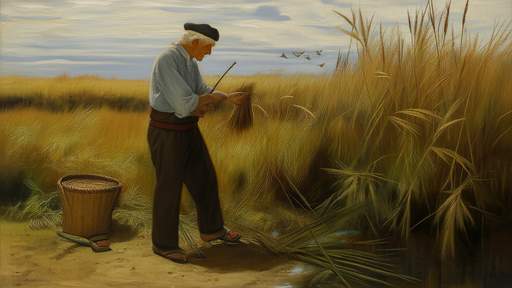
By /Jun 6, 2025
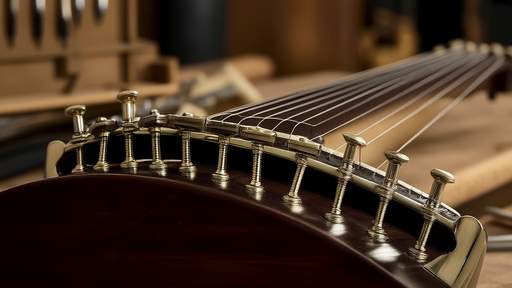
By /Jun 6, 2025
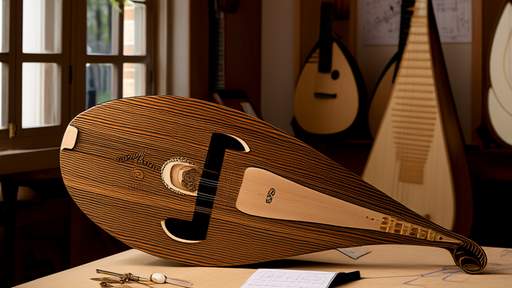
By /Jun 6, 2025
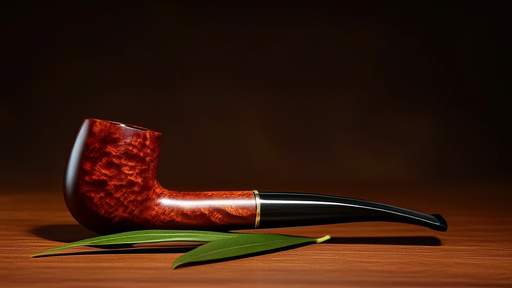
By /Jun 6, 2025
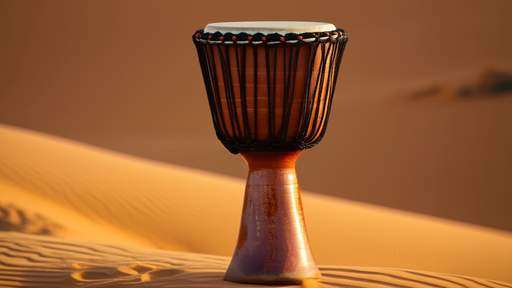
By /Jun 6, 2025

By /Jun 6, 2025

By /Jun 6, 2025

By /Jun 6, 2025

By /Jun 6, 2025

By /Jun 6, 2025
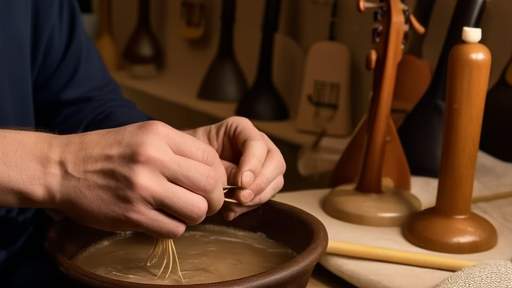
By /Jun 6, 2025

By /Jun 6, 2025
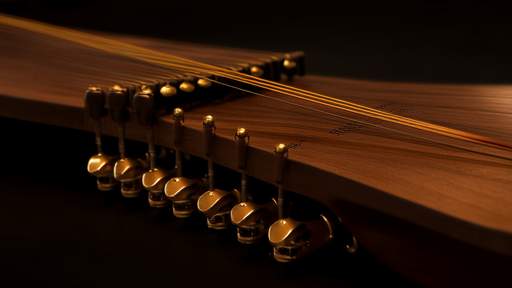
By /Jun 6, 2025
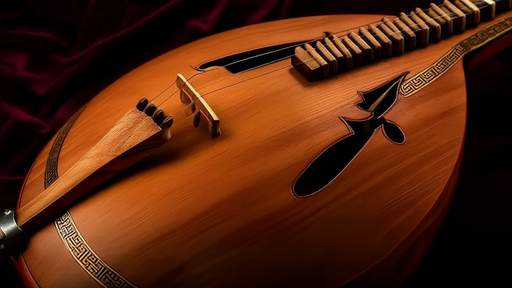
By /Jun 6, 2025

By /Jun 6, 2025
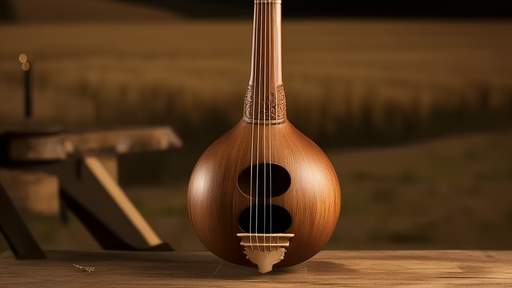
By /Jun 6, 2025
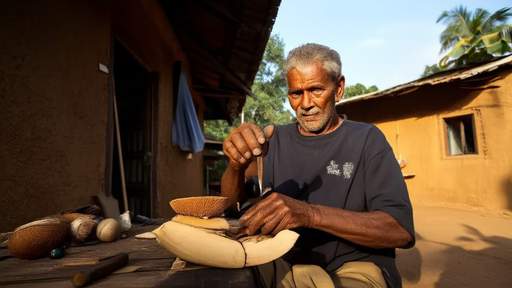
By /Jun 6, 2025
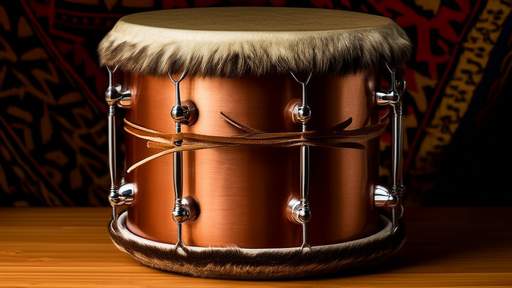
By /Jun 6, 2025